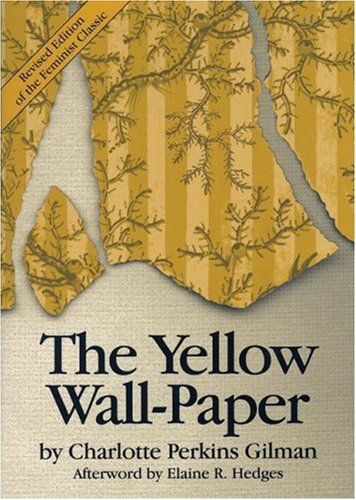Reviews
Leila Jade@fennec01
kay@pecanpages
Ester Waclavova@esterka
Alisha@trippytour
Nik ✨@nixter
Stas@stasreads333
carolina@chuurhaenyra
Evan@theslowkenyan
Megan Christensen@megan_ani_reads
𓆨@viridiantre
Suyash Goylit@suyash_goylit
ayoni@ayoni
Cait🪼@figs0up
lexie@lexiereads
yaya@dpsociety
marta @mmartta
Meagan Fischer @mstypharatfinklatifolia
Jovana Gjekanovikj @jovana
kaitlan@kaitlanbui
C. J. Daley @cjdscurrentread
Lauri@lxurinkx
maia@wuthering
natalie@ildonodellavita
Maria Elkoro-Iribe@mareacidalium
Highlights
kay@pecanpages
Z.@paradiserotten
Nica@maisonnica
kae@thearcherchild
ayoni@ayoni
anne caroline@bisouschuu
